Progress Replanting and Fertilizer Application on 4-acre mixed cropping farmland

Sequel to my recent POST where we had an on-the-spot visit to find the farmland bushy and unkempt. We mandated the laborers to clear the farmland of weeds within three days, and gratefully, our portion of the farm was cleared when we visited again yesterday. The advantage we have over other investors is that we do not have to rely on updates from the farm supervisor or contractor; based on actual inspection, we are able to make decisions to improve the outcome of the farm. My partner and I managed to engage the free will services of friends and family, and five of us visited the 4-acre farmland to replant soybeans, decongest maize stems, and also apply fertilizer. It was quite a hectic day, and my body aches still.
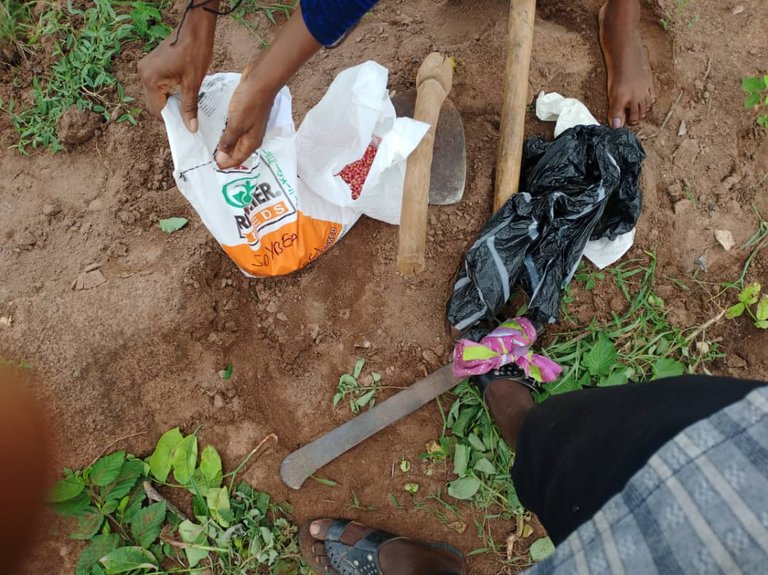
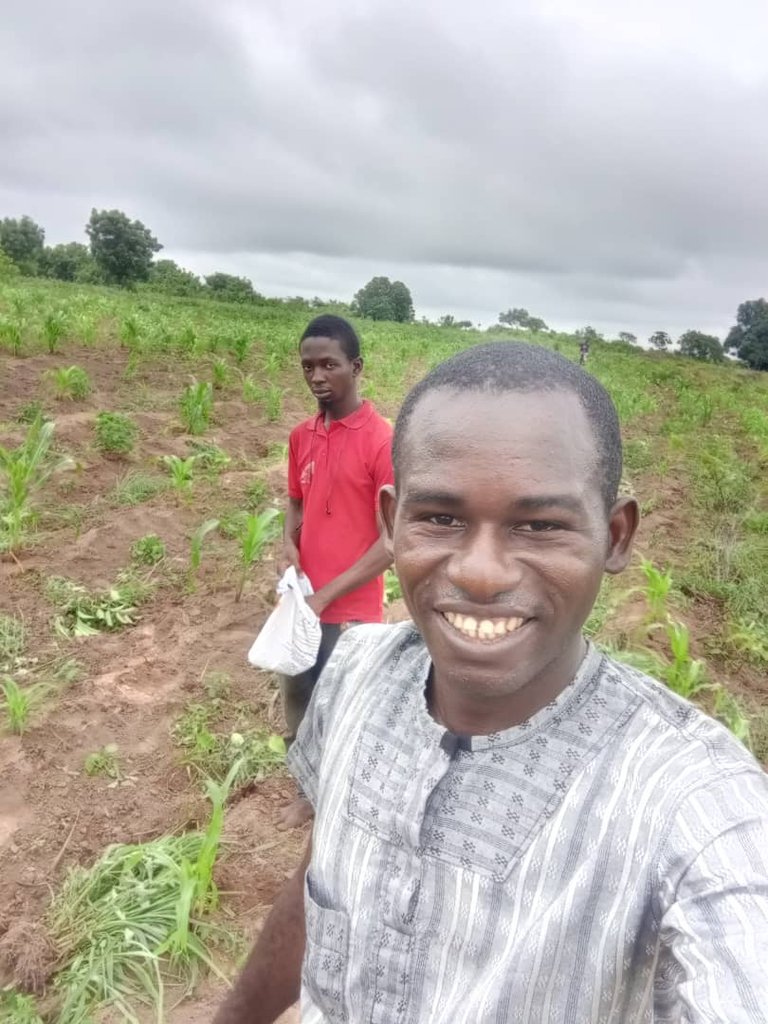
We had sent 7 kg of soybeans to the supervisor, who planted them right away without an instruction on when to plant them; thus, we were left to fate. Soybeans are best planted in June but can also be planted in May or July, where we expect good rainfall. We realized that the mixed farm of maize and soybeans had very few shoots of soybeans. We bought 6 kg extra of soybeans to replant, and surprisingly, the 6 kg of soybeans were exhausted.
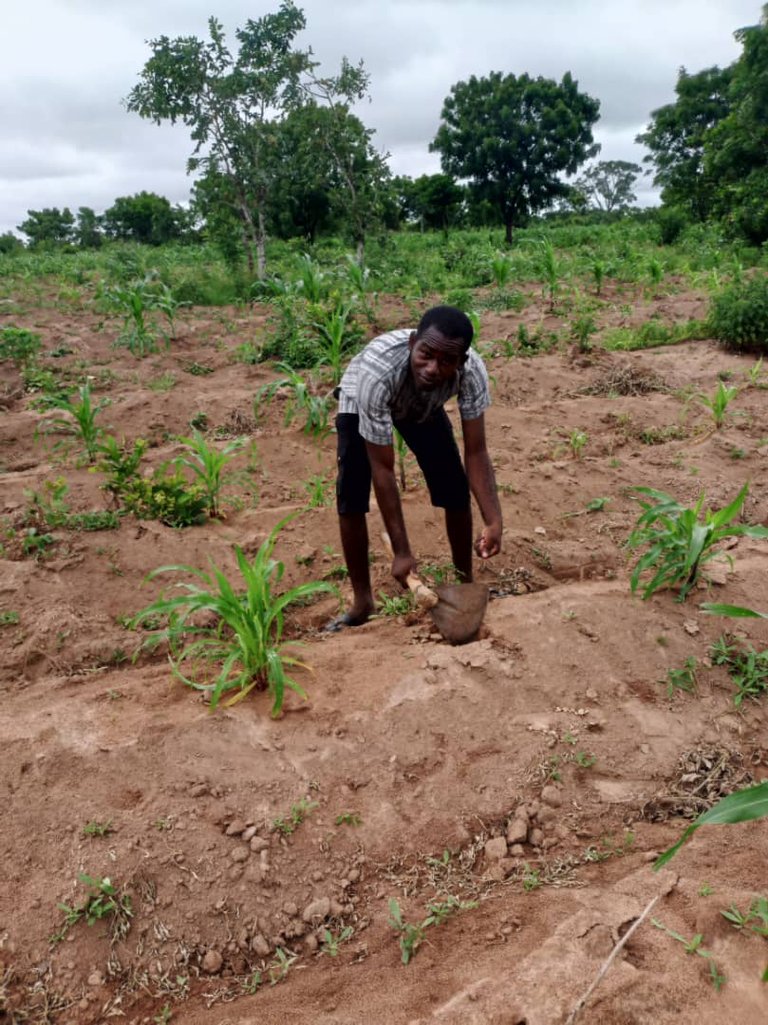

Alongside the replanting was supporting weeding, as the major weeding was already done by the laborers, even though it was not as neat as we would have loved it. We skipped portions that had already germinated and ensured adequate spacing for the soybeans we were replanting. Luckily, the month of June is just the perfect month for soybean planting, and this neither requires fertilizer nor is as attention-seeking as beans.
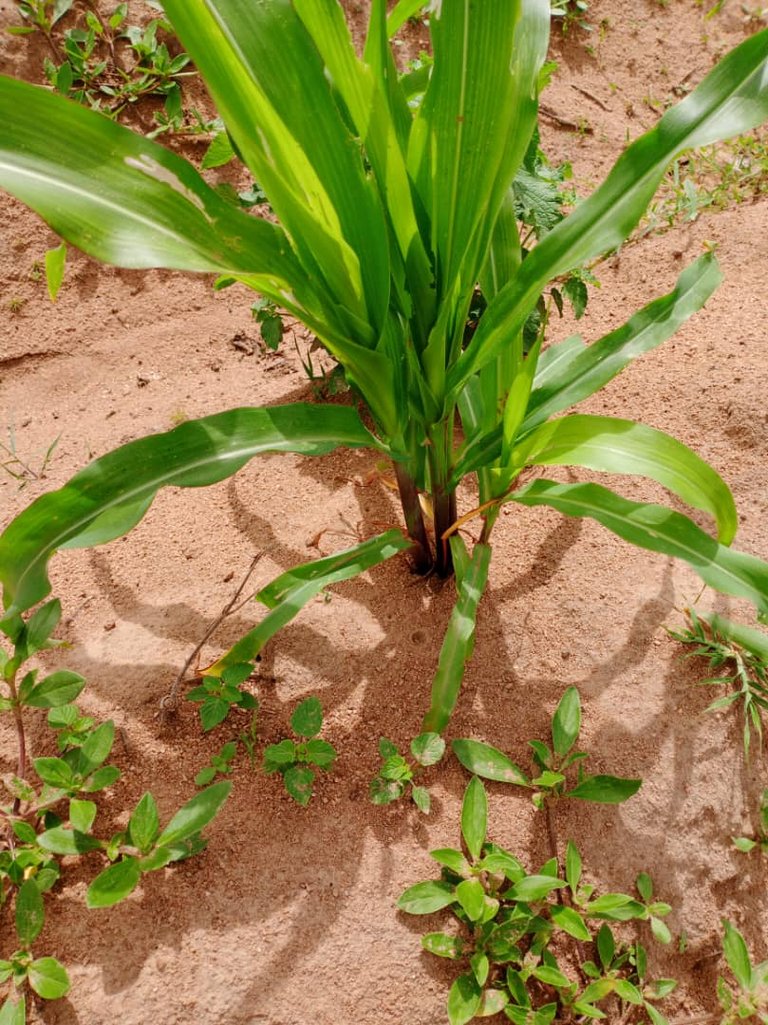
Thankfully, soybeans do not require fertilizer application. We procured nitrogen, phosphorus, and potassium (NPK: 15-15-15), which are nutrients that are vital for maize growth and health, at a cost of ₦43, 000 per bag, and we settled for two bags of 50 kg net. We hoped two bags would just suffice for the four acres since it was already a mixed crop (thankfully, it was just enough). The soybeans had taken us about six hours to plant, despite being five in number, and the majority of the day was already spent. Thankfully, we got to the farm some minutes after 8 a.m. (about an hour's drive from home) and set to work immediately.

The fertilizer application to the maize was done a few centimeters away from the maize, but the major challenge and delay we had was having to decongest overcrowded stems. It was disheartening to see more than twenty stems at a spot. How would such stems survive in the face of limited and competing nutrients? Thus, while the fertilizer application was ongoing, we manually uprooted and decongested maize stems to leave just three or four per spot. The initial plan was to replant those decongested maize stems, but on second thought, we let go of the idea since we have plans to incorporate cassava stems and guinea corn sometime soon.
We have the maize stems at knee level, the farm weeded, and the soybeans replanted just at the time we would have preferred it, even though it comes at an extra financial cost and convenience. We hope for a good volume of rain to absorb the fertilizer into the soil, which we are optimistic for. We may have to have a second weeding (which is more appropriate), especially since the weeding done was not as neat as we would have loved. The second application of fertilizer involves adding urea to the maize stems four weeks after the NPK application, which would be done just after we have done the second phase of the weeding.
I have been asking around for a short-duration cassava stem variety, but I have been unable to get even the long-duration one. Cassava stems are now quite expensive, just as the cost of foodstuffs in Nigeria has spiked, resulting in food insecurities in Nigeria. Nonetheless, since the lease of the farmland is for a twelve-month duration, I'm convinced the incorporation of guinea corn and cassava is very feasible.
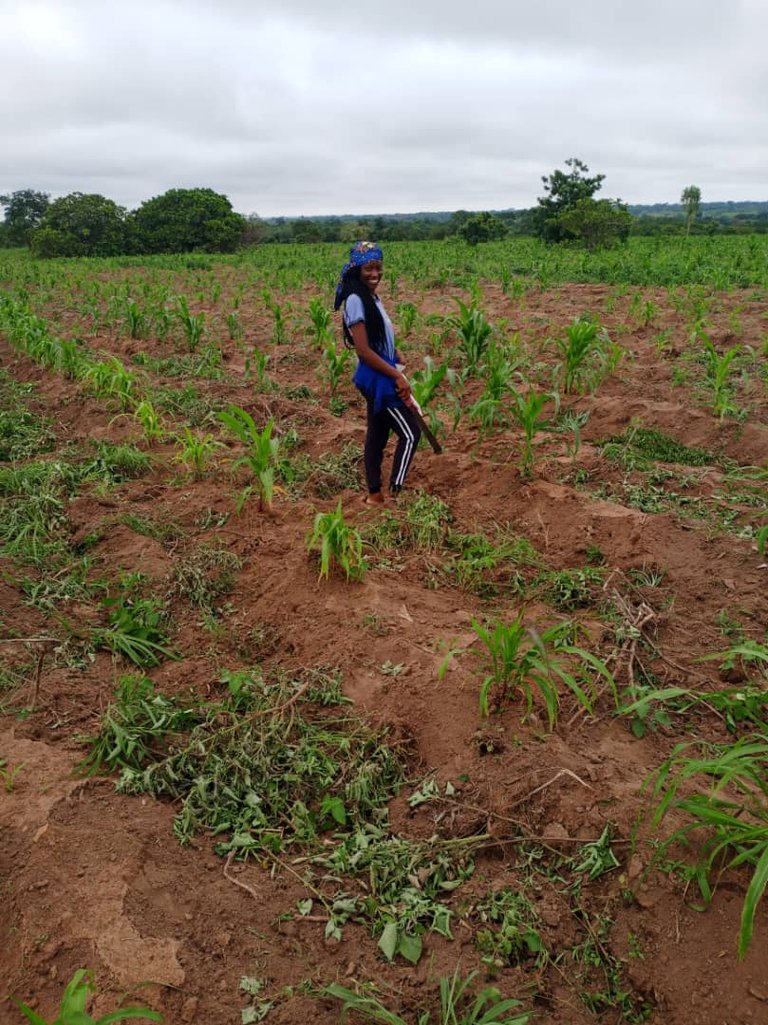
Hive earnings have undoubtedly been very helpful, as we could not have achieved these feats easily without them. The economy has been tough and biting hard on every citizen of the nation; thus, our engagement on the farm would ameliorate the harsh impacts of hiked food prices.
ALL IMAGES TAKEN BY ME
Thank you for reading. I would love to have your comments and contributions.
Posted Using InLeo Alpha
Thank you very much. I'm grateful